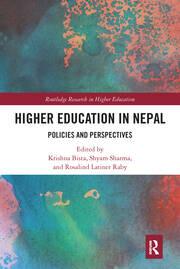Introduction
Nepal’s higher education system faces numerous challenges that hinder its growth and development. With rising demand for quality education, these challenges need urgent attention to ensure students receive the best opportunities.
Current State of Higher Education in Nepal
The current landscape of higher education in Nepal is characterized by a rapid expansion of institutions. However, this growth has not always been accompanied by improvements in quality and accessibility.
Accessibility Issues
One of the key challenges is the accessibility of higher education for all demographics. Rural areas, in particular, continue to struggle with limited access to colleges and universities.
Quality of Education
Moreover, the quality of education in many institutions is often subpar. Inadequate resources, outdated curricula, and lack of qualified faculty contribute to a less-than-ideal learning environment.
Government Initiatives
The Nepalese government has taken steps to address these challenges through various initiatives. Investments in infrastructure and partnerships with international organizations aim to improve educational quality.
Role of NGOs and International Organizations
NGOs and international organizations play a crucial role in advancing higher education in Nepal. For instance, various programs funded by external agencies focus on enhancing educational access and quality. This article provides valuable insights into the effort being made to improve higher education in Nepal: Explore here.
Conclusion
Addressing the challenges in higher education is essential for Nepal’s sustainable development. By focusing on accessibility and quality, the nation can empower its young population and promote economic growth.

